Select this license type when you are developing an app for iOS, Android, or Windows Phone, and you will be embedding the font file in your mobile application's code.
Deja Rip™
by Anatoletype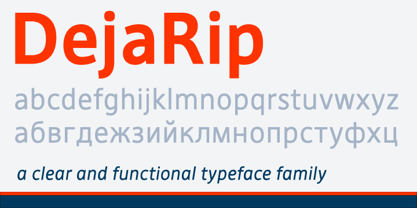
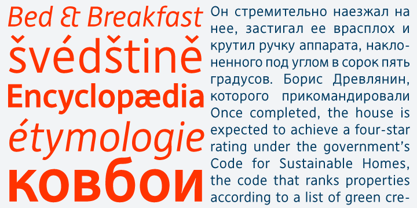
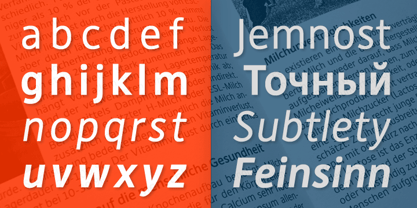
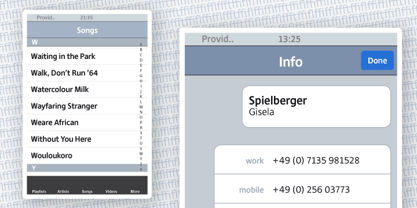
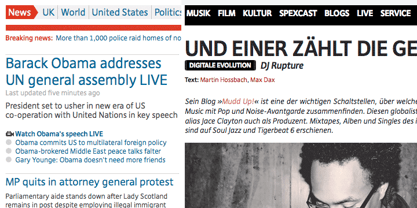
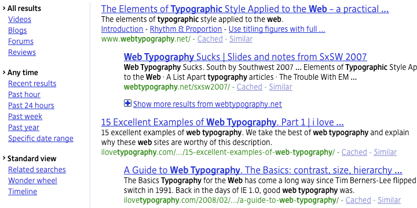
- Aa Glyphs
-
Best ValueFamily Packages
- Individual Styles
- Tech Specs
- Licensing
Per style:
$22.00
Pack of 6 styles:
$132.00
About Deja Rip Font Family
DejaRip is a contemporary, neutral, all-purpose sans-serif. It is modest and inconspicuous thanks to its basic, natural shapes; yet it lends a remarkable sense of clarity and accuracy to the overall design. DejaRip was originally designed for a mobile phone interface. Although it was eventually developed into a much more versatile family, DejaRip remains particularly readable on screen. The DejaRip family is an ideal solution for corporate design. DejaRip’s extended character set includes Unicode Latin Extended A and B, as well as full support of Cyrillic. Small caps for all languages are also included.
Designers: Fred Bordfeld, Elena Albertoni
Publisher: Anatoletype
Foundry: Anatoletype
Design Owner: Anatoletype
MyFonts debut: Feb 12, 2010
About Anatoletype
Based in Berlin, the digital foundry Anatoletype was founded by Elena Albertoni (Italian) and Pascal Duez (French) in 2005, specializing in type design and font development.We draw our inspiration from a variety of vernacular sources, as well as manual experimentation, drawing and handwriting. Technology allows us to revisit past issues or ideas, to give them a new interpretation and to make them evolve into a contemporary context.
Read more
Read less